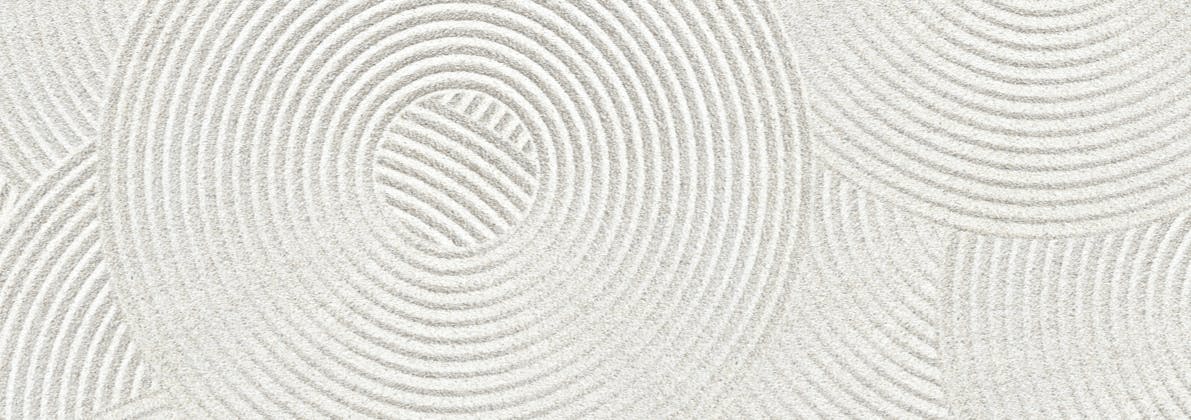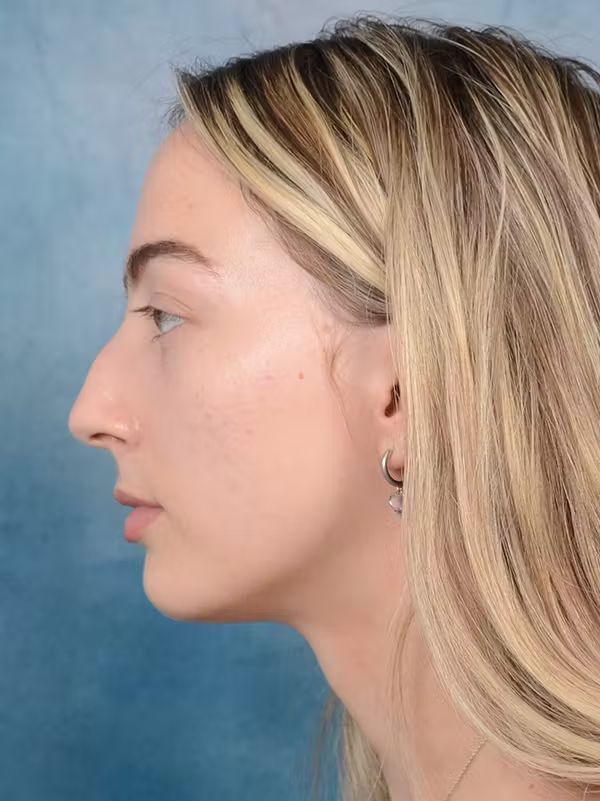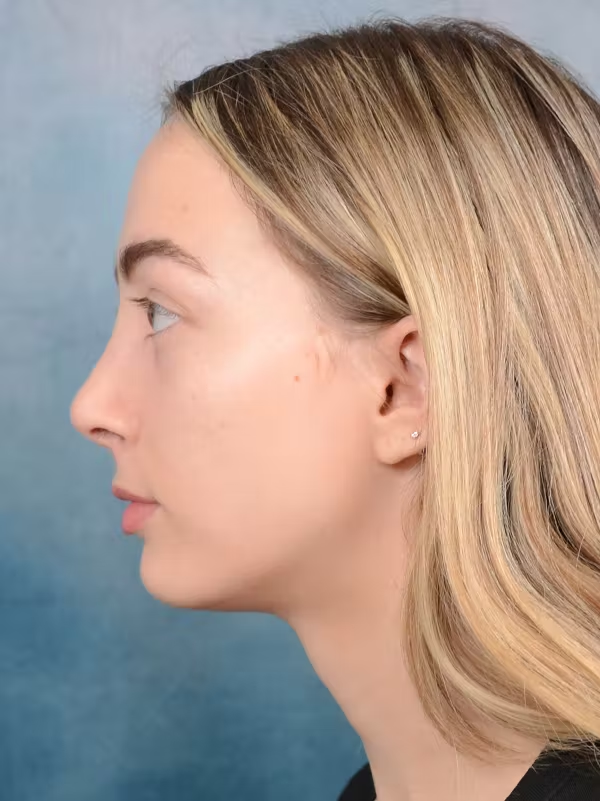Healing after a rhinoplasty (nose job) procedure is a marathon, or a journey, with many different milestones. It's often said that the final results from rhinoplasty surgery are most apparent 12 months after the procedure. There are often ups and downs during this time as swelling fluctuates. Some patients are fast healers, and some are slower healers, but the actual recovery milestones themselves are consistent for everyone.
The Stages of Healing:
Day 1:
On the day of rhinoplasty, patients wake up and recover in the recovery room with a tiny cast on the outside of their nose and cool gauze pads over their eyes (to minimize the chances of bruising). About an hour after the surgery, most patients are completely awake and ready to be picked up and go home. There is typically minimal, if any, pain after the surgery. The worst sensation that most patients describe is a feeling of pressure in the nose. About one-third of patients will begin to notice small "teardrop" bruises underneath one or both eyes. If anyone notices any mild bruising forming, keeping ice-water-soaked gauze pads over their eyes can help to cool the skin and reduce bruise formation. It's common to notice a nosebleed the first evening after nose surgery. If this happens, the nosebleed can be mild to substantial, but it will slow down and stop either later in the evening or overnight. Keeping gauze pads taped under the nose (a "mustache-dressing") will absorb the nosebleed and keep it out of mind. Then patients will sleep that evening with their head elevated with 2 or 3 extra pillows to help reduce swelling to the face and nose.
Day 2:
By the following day after rhinoplasty, most patients feel as though they are mostly physically recovered from their surgery. They can resume normal daily activities, but avoiding strenuous exercise for 3 weeks is recommended. If there has been any nosebleed, it has slowed and stopped by the day after surgery. There still might be bloody nose drainage, but usually, no more active nose bleeding. Also, on the day after surgery, any bruising that would form is present by now. If there is bruising, arnica skin gel is a topical skin product that can be applied. Patients will start regular saline sprays into the nose to continuously flush out the crust. It's recommended that patients avoid blowing their nose for the next 3 weeks, so the saline spray will be the method of cleaning out the nose. The bottom and outside edges of the nose can be cleaned with hydrogen peroxide applied with q-tips. The remainder of the week is spent resting and relaxing with no restrictions on normal daily activities, but no strenuous activity is allowed.
One Week:
One week after surgery, patients return to the office to get their cast removed. An adhesive dissolver is first applied to the nose, so the cast will effortlessly fall off without causing pain. This is the first look at the new profile! After removing the tight cast and tape, the nose skin will want to dramatically swell up now that it is free. It is recommended that patients will continue to apply skin tape to their nose in the weeks following cast removal. The skin tape is used at nighttime and can be removed during the day for work, school, or social activities. This nose tape dramatically reduces the skin from swelling in the month following rhinoplasty.
Patients usually return to normal work or school life after the first week once the nose cast comes off. During the rest of this month, the nose will look it's most swollen. The swelling isn't quite significant enough for most other friends or family to notice, but patients will notice that their noses look a little puffy. Sometimes the inside of the nose can be swollen as well, and breathing can be temporarily congested. It might feel similar to having a stuffy nose from a head cold. Continuing saline spray twice per day can help with this. At three weeks, most restrictions are lifted. Patients can now exercise normally, blow their noses, and sneeze normally.
One Month:
One month after rhinoplasty is when patients will begin to notice significant changes as the swelling starts to go down. These refinements to the contour of the nose will be most dramatic during the period between one to three months. If patients are congested, breathing will start to improve around this point. Oftentimes, patients will be offered a very low-dose steroid injection to the tip of the nose (where the swelling is usually the largest) to accelerate the resolution of the swelling. At one month after rhinoplasty, patients are advised that they don't have to "baby" their noses anymore but still treat the nose gently for the next couple of months. Facial treatments, underwater swimming, skiing, and other activities that put pressure on the nose can be resumed at 6-8 weeks.
Three Months:
At three months, the nose is about 70% of the way to the final cosmetic result. Over the rest of the year, there will be slow but significant changes. The swelling decreases from the top of the nose to the bottom. Between three months and six months, the majority of swelling will go down over the top of the nose or the bridge. Sometimes, this means the tip of the nose might even look slightly more swollen at six months because, proportionately, the bridge is further along in healing. Then, the swelling in the tip will go down slowly over the period between six and twelve months. The tip will look more defined and less swollen, and the texture will continue to improve. By one year after rhinoplasty surgery, the nose is 95-100% healed. There are often still very minimal changes and refinements that can happen between 12-18 months.
Patient Before & After's:
How to Further Improve Your Healing and Recovery?
So what are things that can be done to further improve healing and recovery? Following the post-operative instructions is the most important. The instructions are carefully written based on years of experience with thousands of rhinoplasty patients to give the best guidance through the recovery process. Healthy nutrition with a low-salt diet is always beneficial after facial plastic surgery. If there are any incisions under the nose, silicone scar gel is clinically proven to improve the final appearance of scars. But the most important thing for any patient after rhinoplasty is to trust the healing process and maintain close communication with the office with any questions or updates. Avoid seeking information from the internet or message boards!
In Conclusion:
Recovery after rhinoplasty is a multi-stage journey. Everyone's recovery is slightly different and happens at different rates, but everyone gets to the finish line eventually. Patience and trust are rewarded in the end with cosmetic results that keep getting better and better.
View more Before & After photos by Dr. Starkman here!




